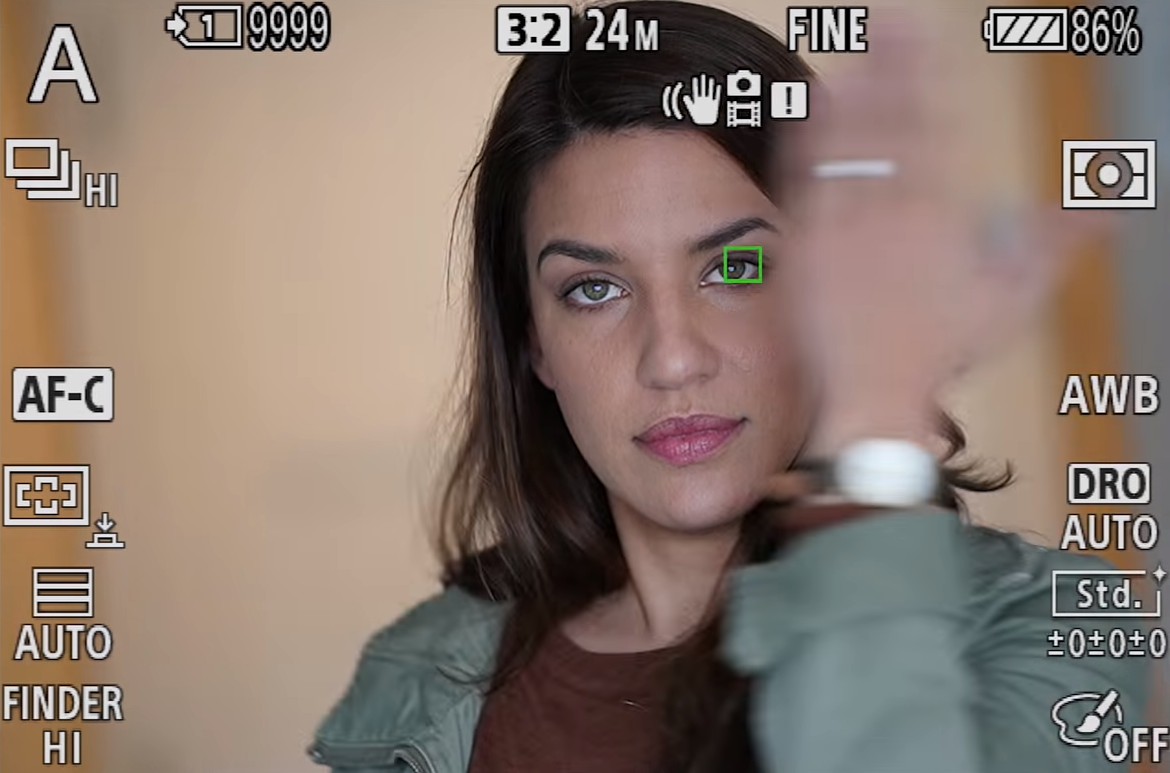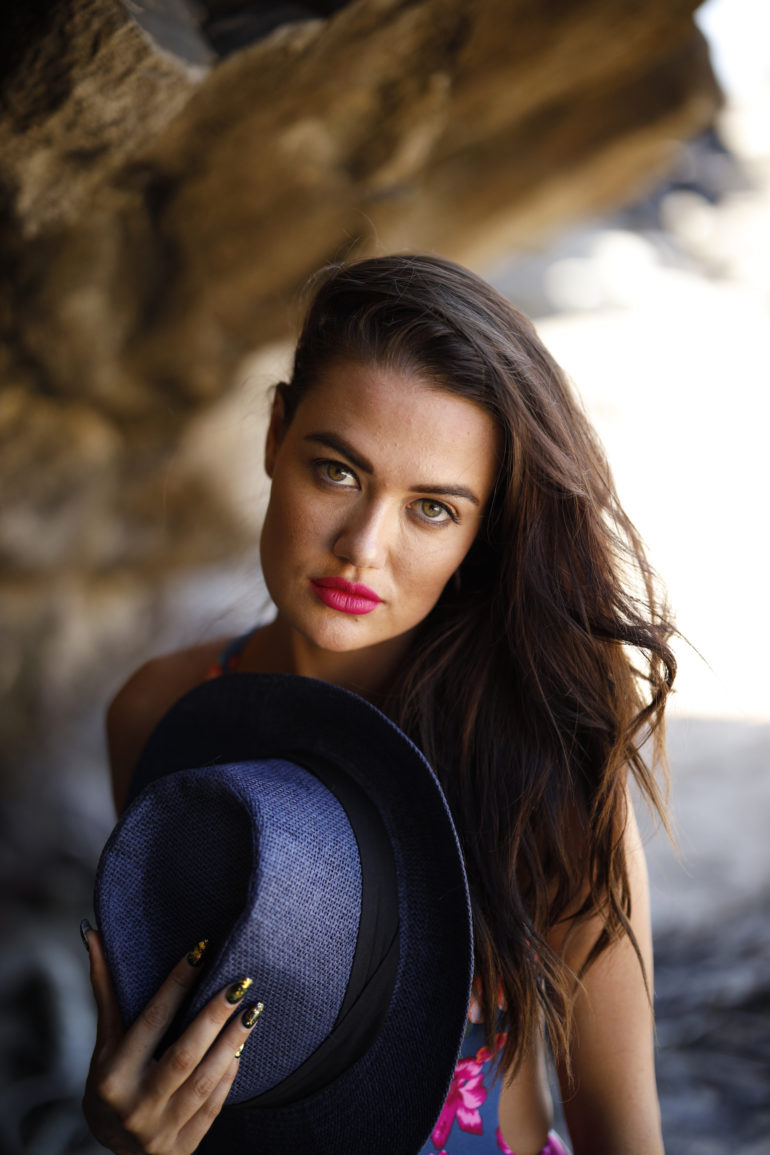Eye autofocus is one of the killer tricks up the sleeves of many Mirrorless cameras, but just how big of a difference is there in performance between brands?
Earlier on this week during a keynote in California, Sony showed off their new eye autofocus and tracking systems that will be available in a few of their Mirrorless cameras.The new eye autofocusing system will be made available via a firmware update to the Sony a9, A7 III, and the Sony A7r III, while the a6400 will launch with both of the new systems already in place this February. Just how good are these new focusing system though when compared to some of the other Mirrorless cameras on the market? After the break we have a video for you that puts the XT-3, the a6500, a6400, a9, A7 III, and the A7r III up against each other. You don’t want to miss this.

There’s really no doubt that Sony pioneered eye autofocus technology. When they first introduced it into their cameras, portrait photographers everywhere rejoiced. Soon after though other camera manufacturers started implementing their own versions of the technology into their camera bodies with varying degrees of success.
Canon’s implementation of eye AF in the EOS R really left a lot to be desired, while Nikon released the Z6 and the Z7 without any form of the technology (though it will be getting added via an update soon). Fujifilm implemented the technology into their Mirrorless cameras too and have had much better results, but how does it stack up against the Sony system? Recently Fuji Rumors shared a video from Tony and Chelsea Northrup that pits the X-T3 and a slew of Sony cameras against each other, and the results of Sony’s work in this area are pretty incredible.
With the X-T3 really being the Sony a6400’s main competition in the APS-C market, and because the a6400 is the new kid on the APS-C block, it makes sense to do this test. Fujfilm’s eye autofocusing system is pretty great, and is certainly no slouch, but these results may shock you.
I think it’s fair to say that Fujifilm, and many other camera manufacturers may be going back to the drawing board pretty soon to see just what they can do to improve performance when it comes to eye autofocus and tracking in their Mirrorless cameras.
How much have you come to rely on this technology in your portrait workflow? Do you use it all the time, or do you prefer to have much more control over your camera and choose focusing points yourself? Let us know in the comment section below.



